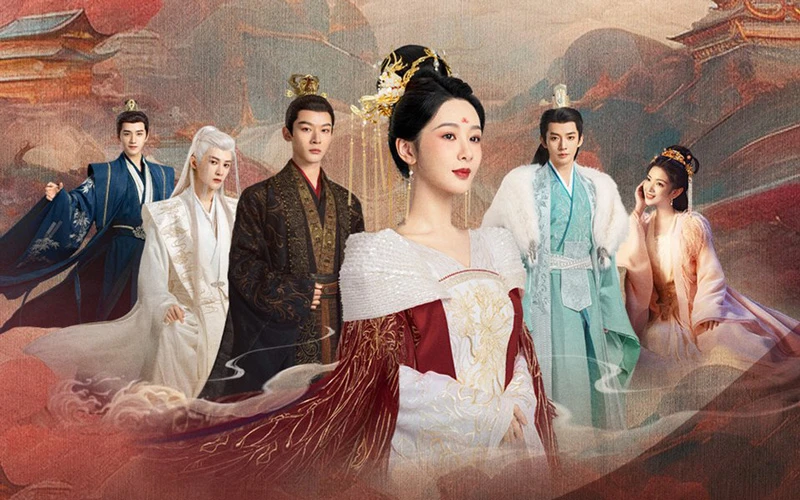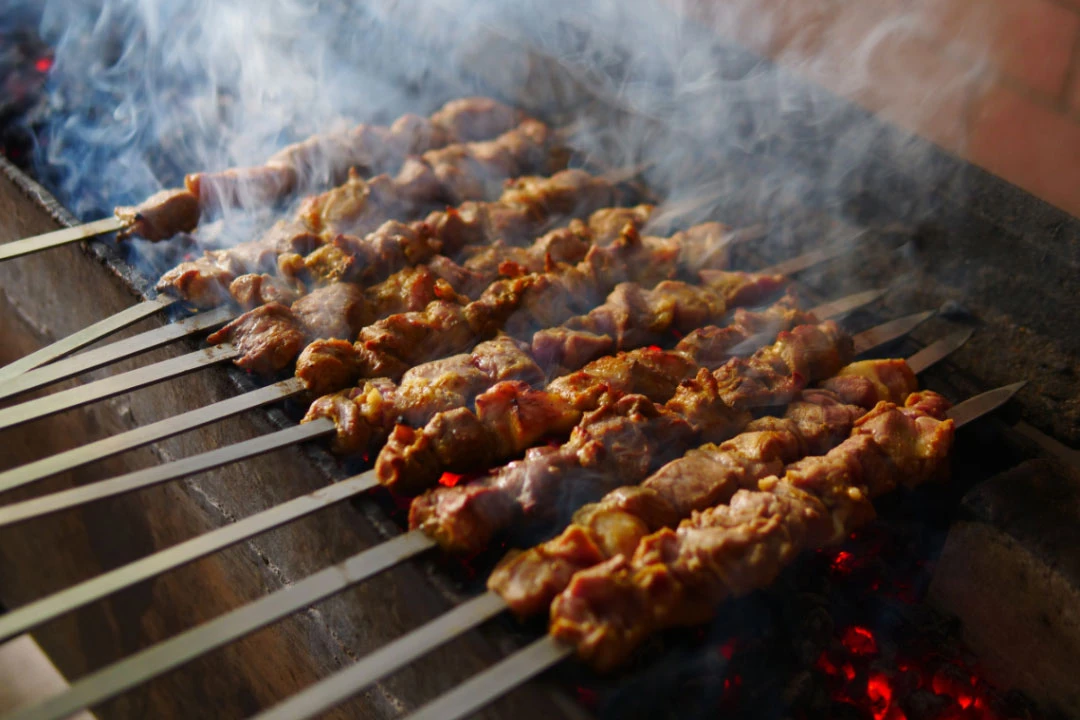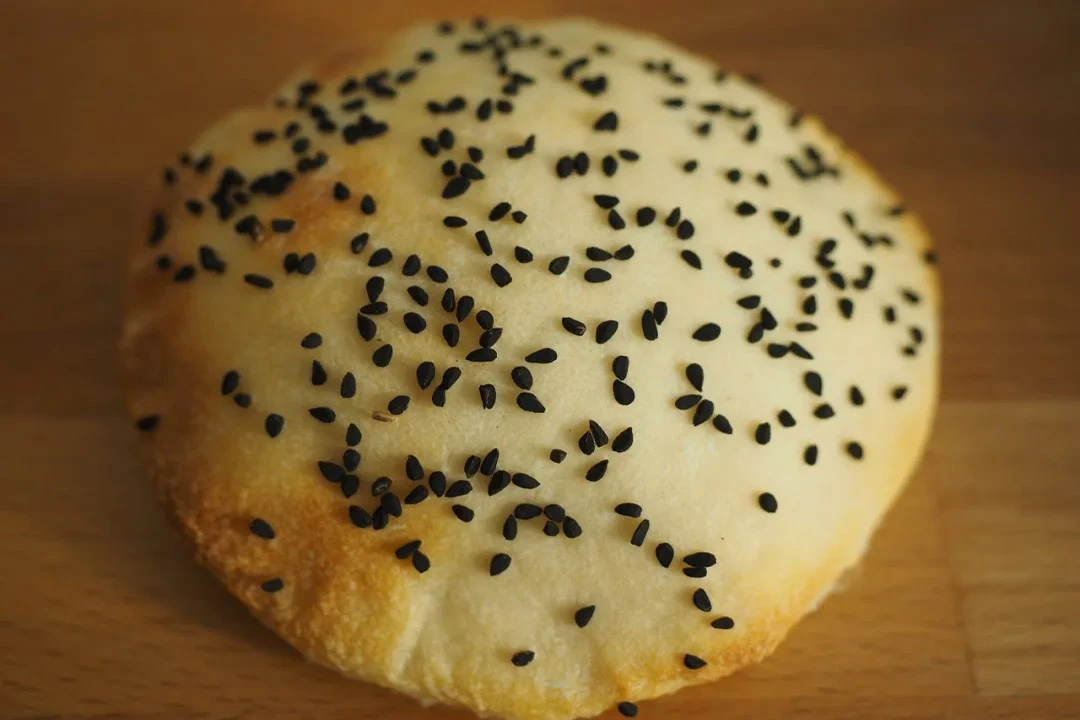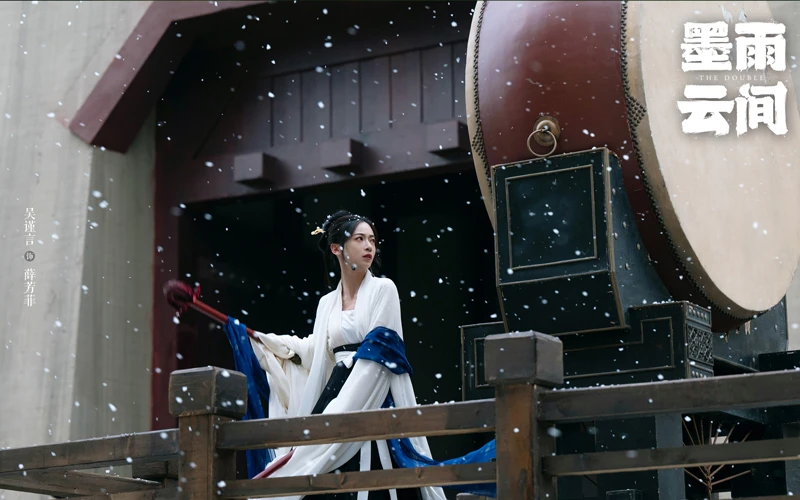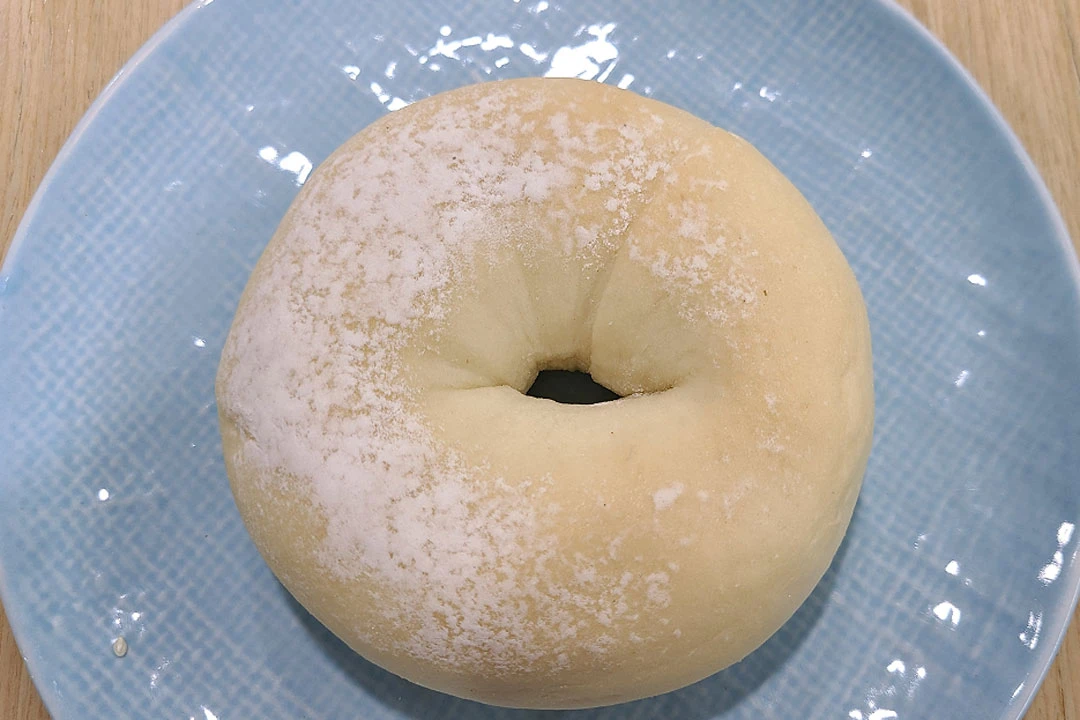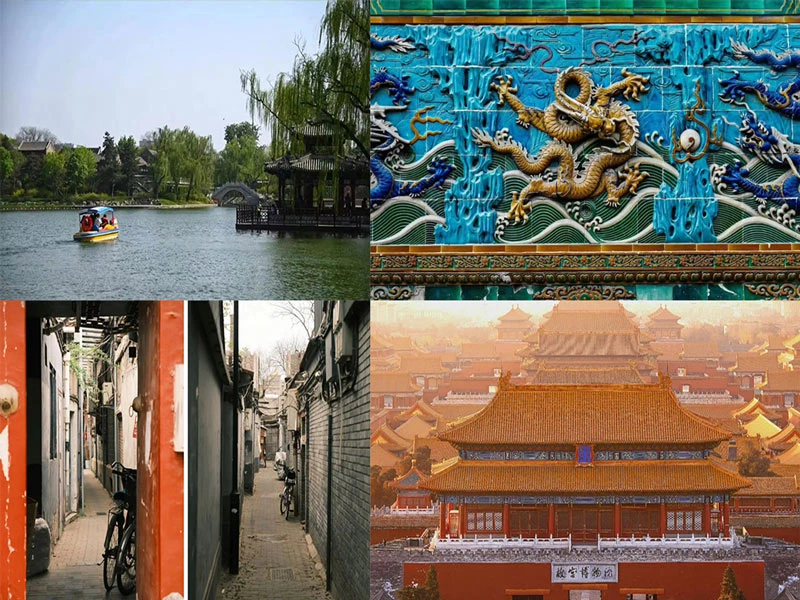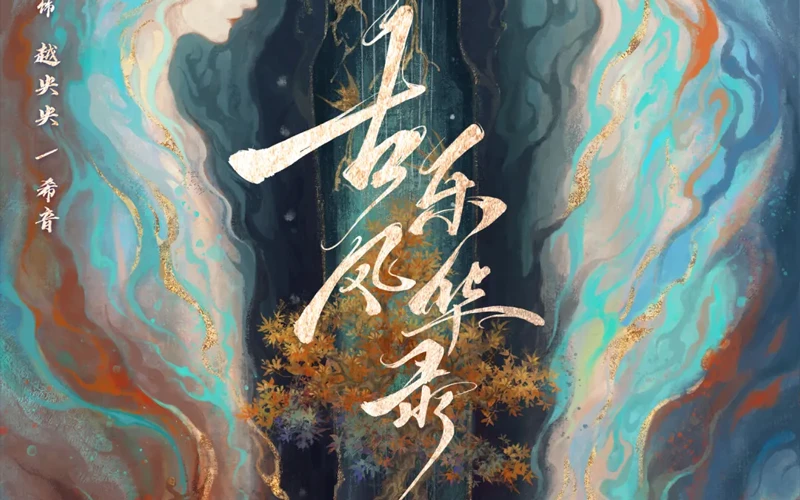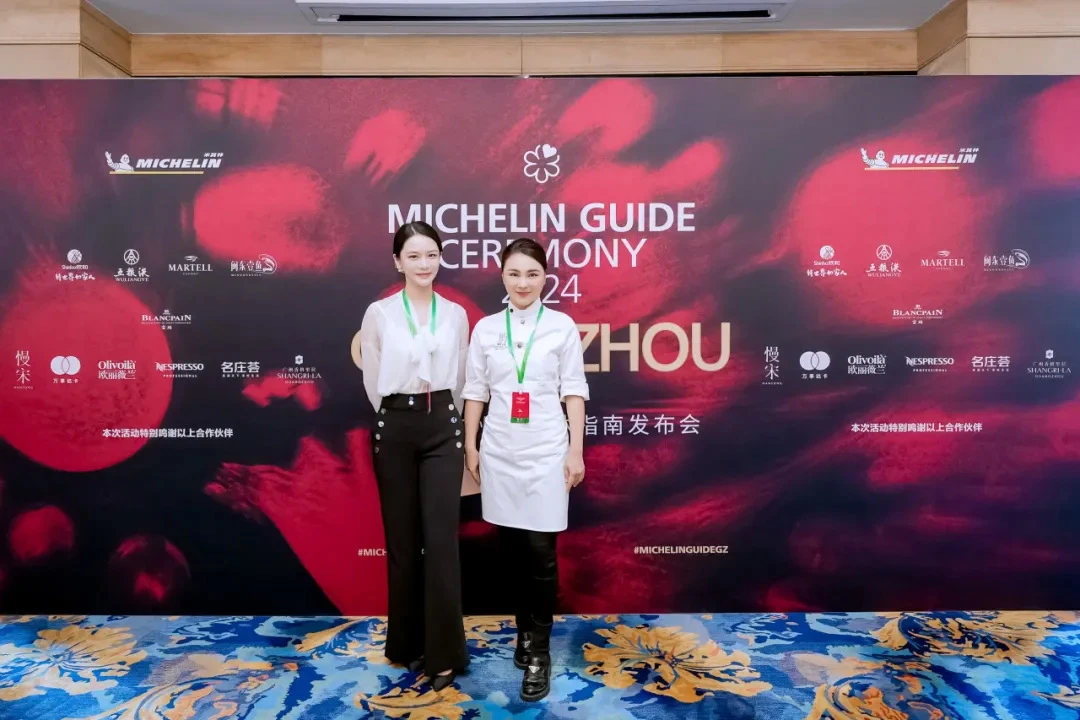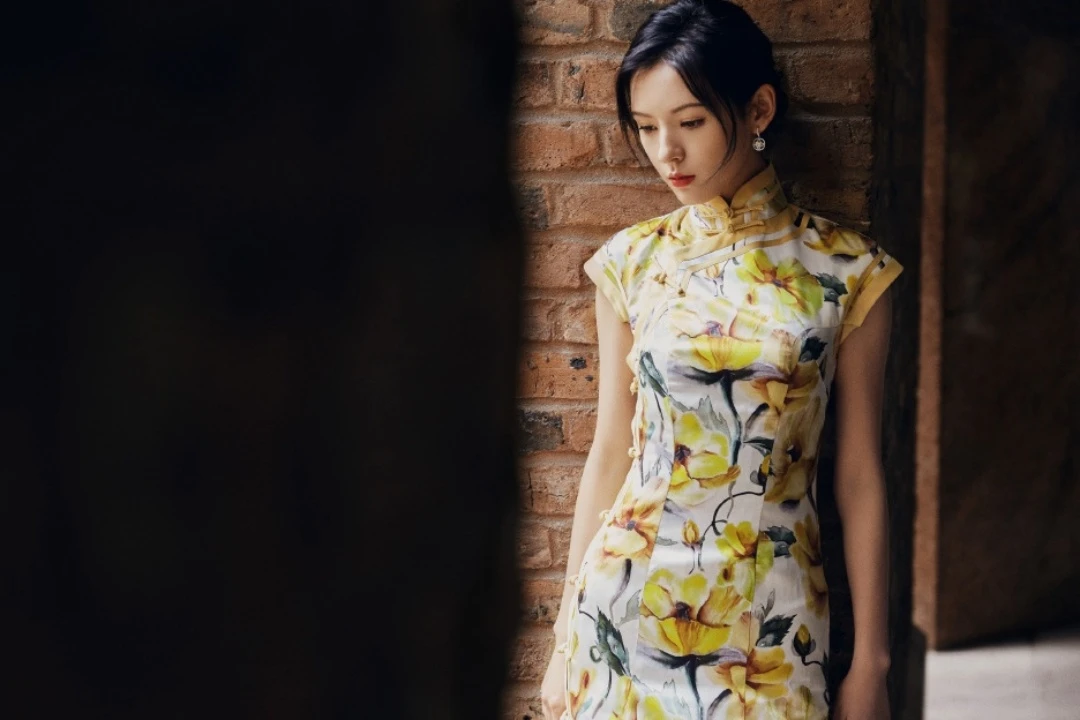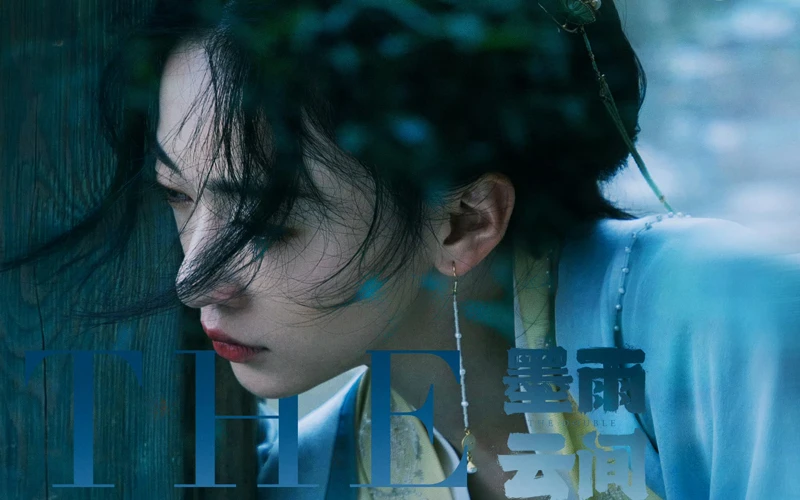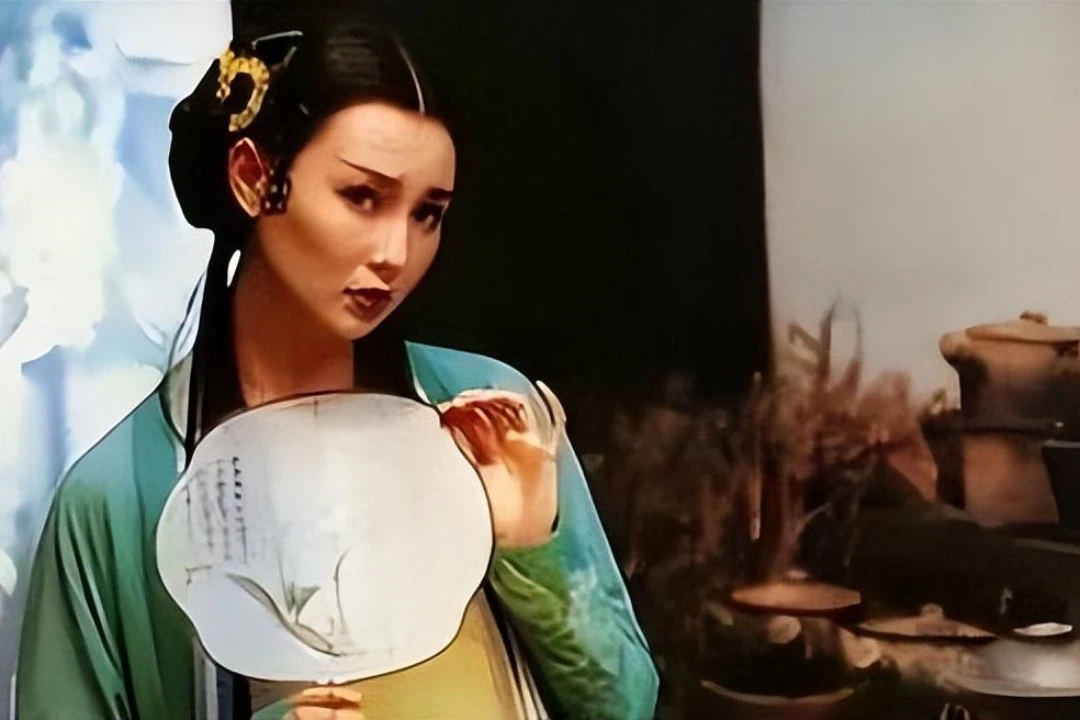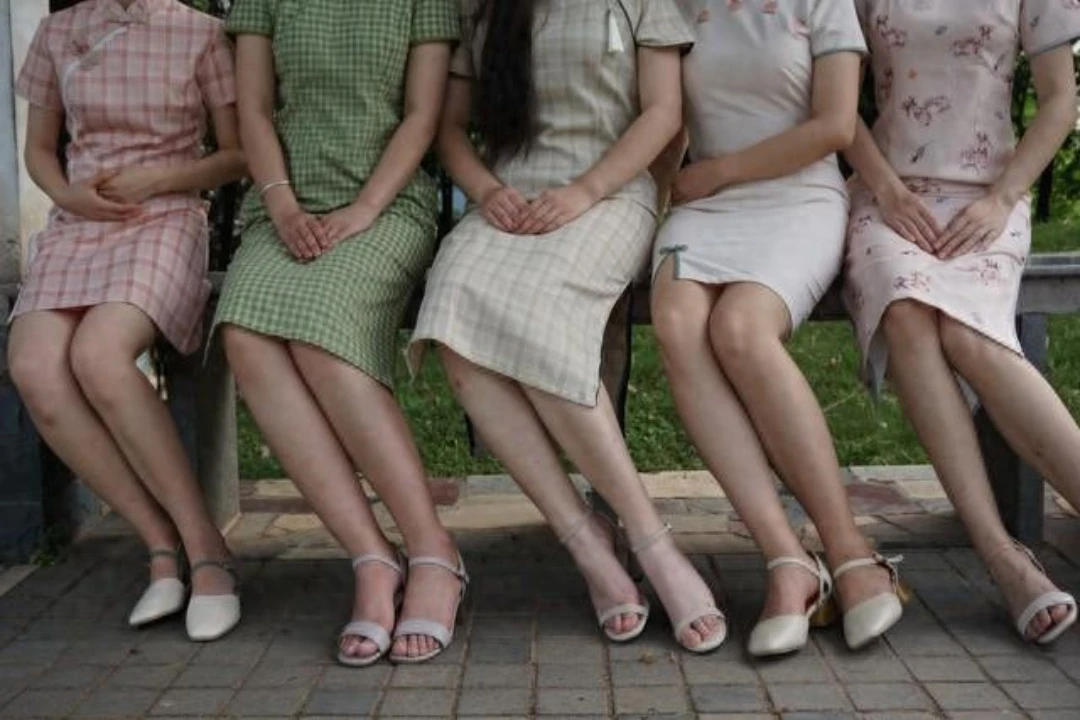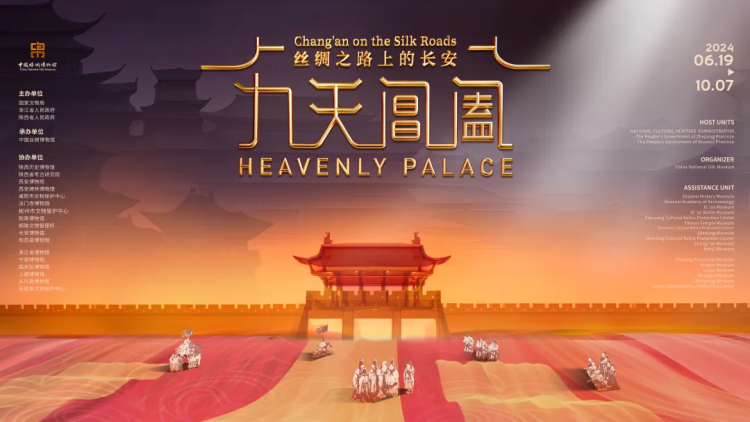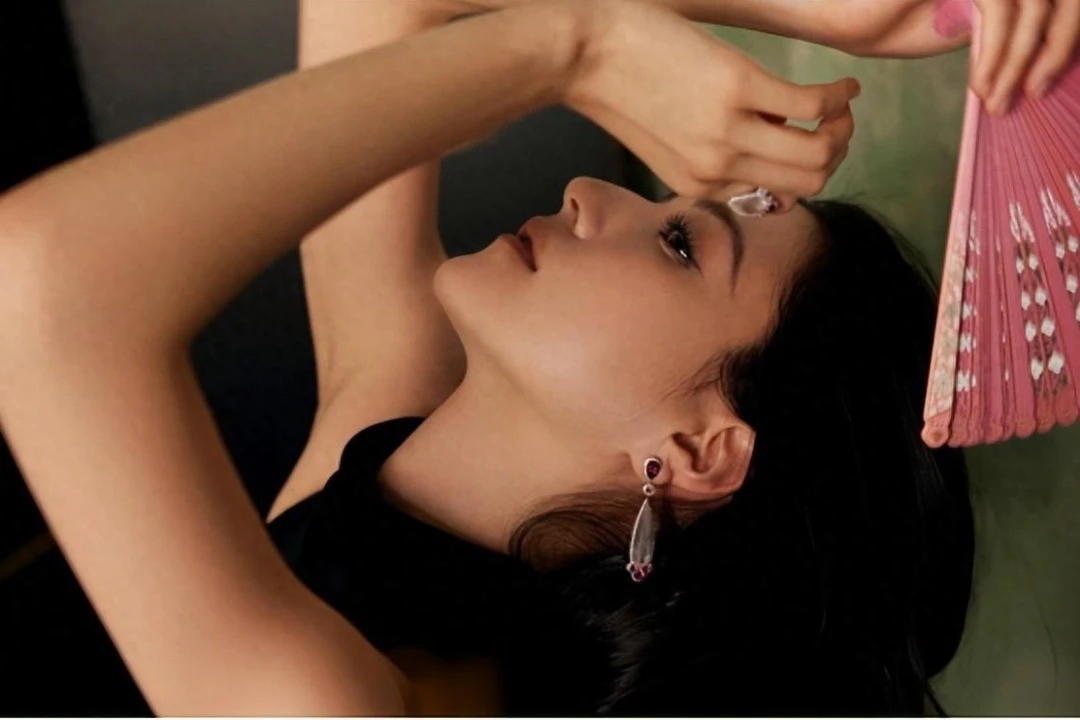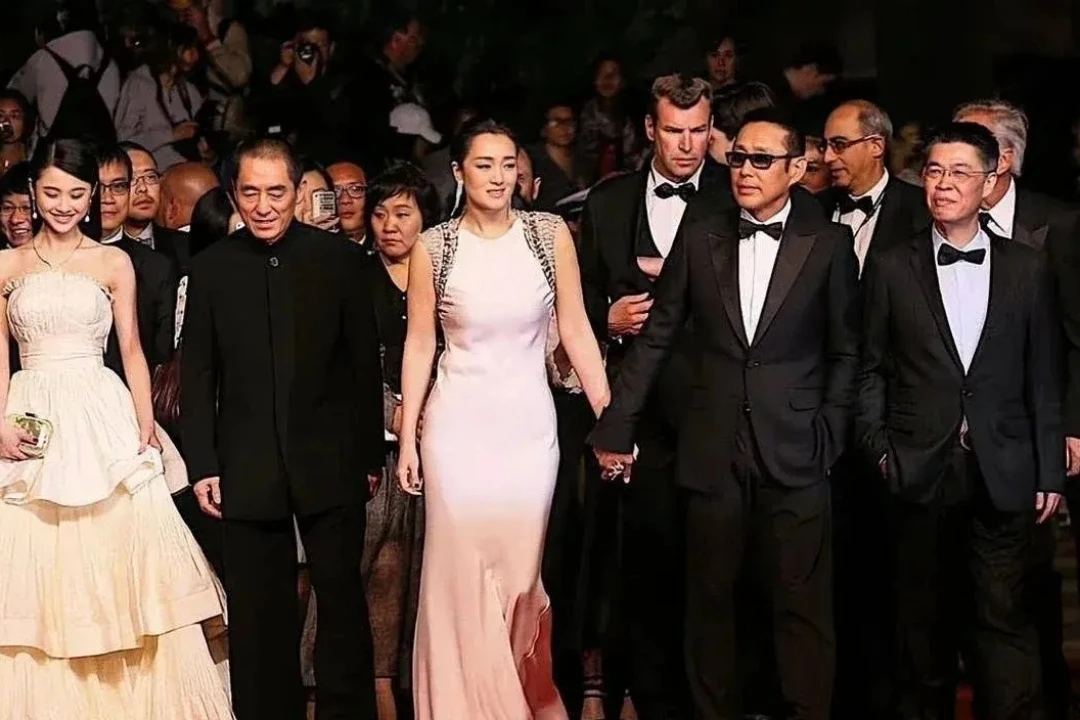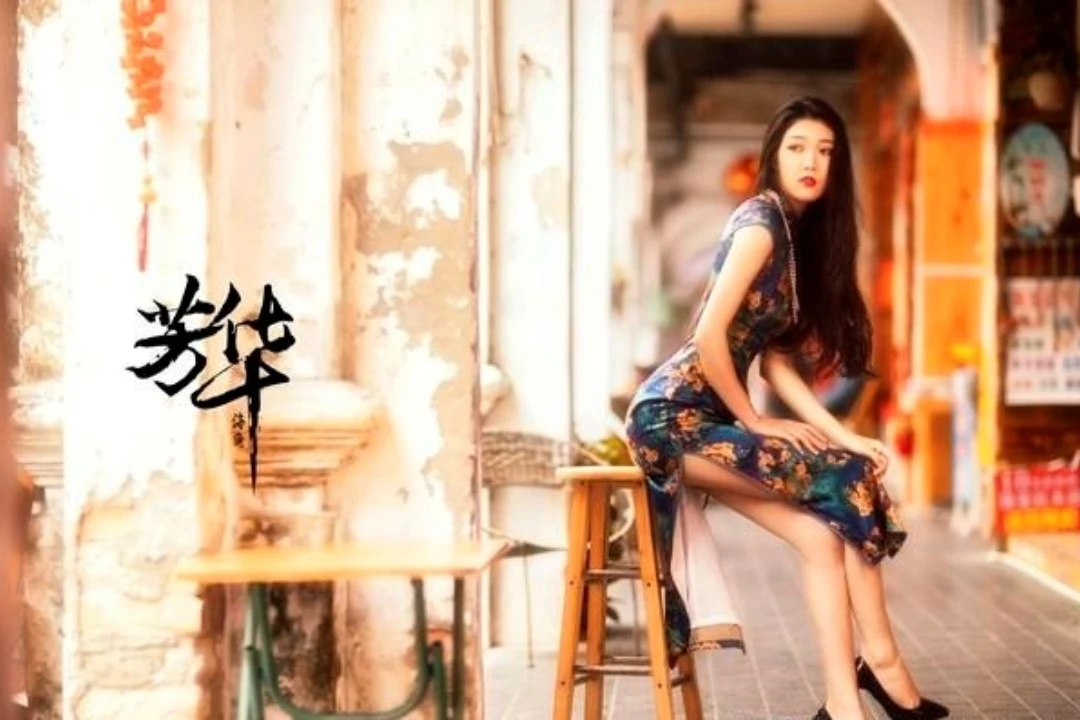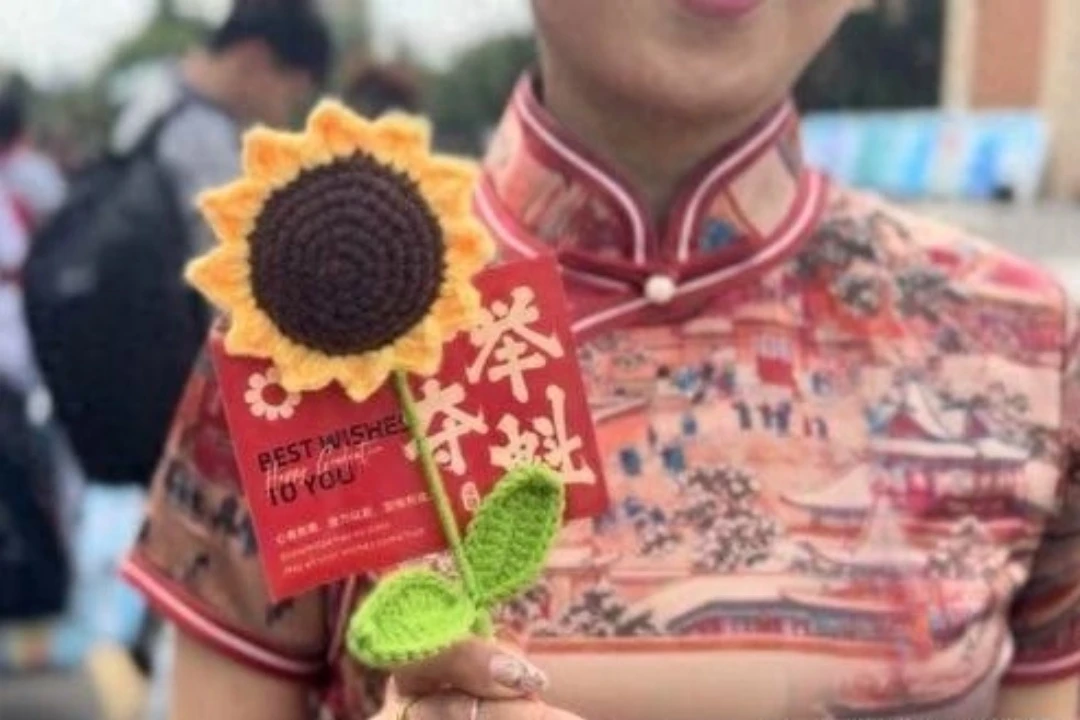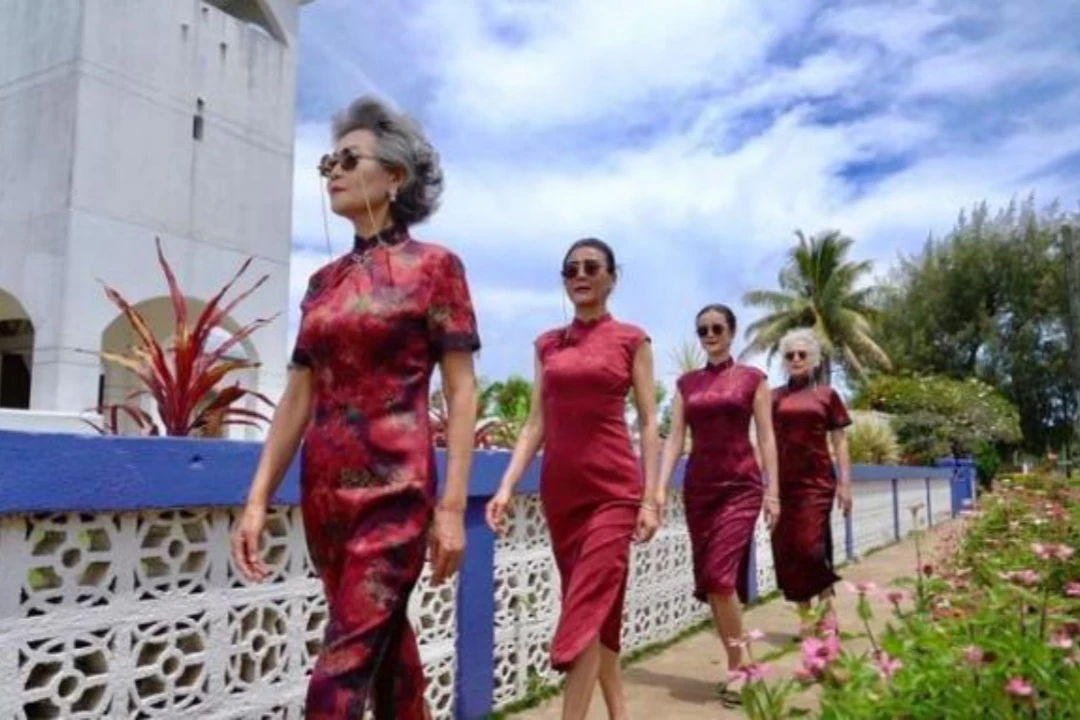Article
Search results for the keyword [hanfu making]:
-
Lost You Forever Season 2: An Epic Chapter of Characters' Fate and Emotional Sublimation
As the highly contested field of costume dramas, this summer season has seen "Lost You Forever Season 2" take an early lead. Last year, "Lost You Forever" dominated the summer lineup, not only securing the highest market share but also launching several newcomers to stardom. This success is a major reason why "Lost You Forever Season 2" has generated considerable buzz even before airing. Before its premiere, "Lost You Forever Season 2" garnered over 9.58 million reservations on Tencent Video, ranking first among upcoming dramas. Within three hours of its release, it reached a popularity index of 28,000 on the platform. According to data, "Lost You Forever Season 2" topped the daily charts for full-episode viewership on its debut day. From a commercial perspective, having numerous advertisements is a hallmark of a hit web drama, and "Lost You Forever Season 2" excels in this area. Each episode features 11 advertisements. According to user-compiled data, "Lost You Forever Season 2" boasts one chief sponsor, five partners, and 70 co-branded business affiliations, setting a new record for advertisement sponsorship in television premieres. Similar to "Joy of Life 2," the premiere of "Lost You Forever Season 2" on Tencent Video also included a… -
Xinjiang Barbecue Journey: Beyond Lamb Skewers
In the realm of Chinese late-night snacks, barbecue reigns supreme with its diverse regional variations. From the smoky Northeastern skewers to the Yunnan Handful of Barbecue (把把烧) and the robust Western Sichuan hotpot grills, each type of barbecue boasts its own techniques and ingredients. However, amidst this flavorful landscape, there's one standout exception: Xinjiang. Here, barbecue is synonymous with one thing — lamb. Surrounded by prized sheep, Xinjiang has no reason to grill anything else. However, if someone talks about Xinjiang lamb skewers, they're either a local or running a non-local establishment. After reading through the whole article, you will find out why. The Art of Xinjiang Barbecue Ingredients Xinjiang's dominance in barbecue owes much to its natural bounty of local ingredients, especially its lamb. At most barbecue stalls here, the meat is threaded on-site. Picture stainless steel basins brimming with freshly cut chunks of lamb, a mosaic of red and white, fat and lean. Larger stalls have designated skewers, while smaller ones wait for the grill master's free moment for self-threading. For cost-effective vendors, the sequence often alternates between lean and fatty cuts, ensuring each skewer is substantial with five meaty chunks. White lamb fat is a natural oil… -
Unveiling Chinese Specialty Seasonings: Salt and Pepper
Pepper salt is a common seasoning in various regions of China. Pepper salt is a common seasoning in various regions of China. Toast Sichuan peppercorns and salt over medium heat for about a minute or two until the fragrance of the peppercorns is released, then set aside to cool. In northern China, the method for making pepper salt involves frying Sichuan peppercorns until crispy, grinding them into powder, and mixing them with fine salt. This mixture is typically used as a seasoning for fried chicken or other fried meats. It can be added to the batter of fried foods or sprinkled over fried foods after cooking. Pepper salt is also used in various types of bread, such as pancakes and beef tongue pancakes. It can also be used for barbecuing. Main Ingredients The main ingredients of pepper salt are Sichuan peppercorn powder and salt. Pepper salt is essentially a culinary seasoning consisting mainly of Sichuan peppercorns and salt. To prepare pepper salt, Sichuan peppercorns and salt are mixed together and briefly fried in a pan until fragrant, then removed and allowed to cool before grinding. Pepper salt has a fragrant aroma with a slightly pungent odor when smelled up close.… -
The Debate Over Pork Lard: Culinary Charm or Health Concern?
In the realm of Chinese cuisine, few ingredients evoke as much nostalgia and debate as pork lard. Used liberally in dishes ranging from stir-fries to noodles, its addition can elevate flavors to a sublime level. In times of scarcity, a pot of rendered pork fat was considered a culinary treasure, enhancing meals with its rich aroma and texture. However, as dietary habits evolve and health consciousness rises, pork lard has faced scrutiny. Modern households increasingly opt for vegetable oils over animal fats, fearing that prolonged consumption of pork lard may contribute to cardiovascular diseases. The Allure of Pork Lard: Flavor and Nutrition Pork lard, the most common animal fat in Chinese kitchens, owes much of its appeal to its distinctive flavor profile. According to senior food inspector Wang Sulu, the unique aroma of pork lard stems from trace proteins and breakdown products of glycerides. Moreover, pork lard contains over 40% saturated fatty acids, which meld with oils, starches, and fibers during cooking, imparting dishes with a crispy, moist, and smooth texture. But does pork lard offer any nutritional benefits amidst its culinary charm? Research by cardiovascular laboratory technician Fu Shufang highlights that pork lard is rich in essential nutrients such… -
The Captivating Journeys of Two Leading Ladies in Recent Chinese Dramas
As we enter June, dramas with female-centric themes are making a strong impact. Both "The Double" and "The Tale of Rose" have delivered impressive performances since their premieres, with steadily rising viewership and discussion heat. Interestingly, both shows are narrated from a "great female lead" perspective, focusing on themes of growth, revenge, and even vengeance. If "being a woman is a condition," these two dramas, set in different backgrounds, illustrate this condition through the characters Xue Fangfei and Huang Yimei. By examining the protagonists' settings and fate, we can see the next iteration of the great female lead theme and trace the common issues present in female-centric dramas. So, will the future model for great female leads be Xue Fangfei or Huang Yimei? The plots of "The Double" and "The Tale of Rose" are not overly complex. The former depicts a tragic wife who pseudo-reborn and seeks revenge, while the latter revolves around a woman's love story with four men. Both protagonists' stories follow the narrative pattern of female-centric novels: clear character growth, with their pains mainly caused by men. As they grow, the presence of men in their lives diminishes. Additionally, Xue Fangfei and Huang Yimei share some overpowered… -
Rice Bread is Not a Steamed Bun!
The world of baking has witnessed a revolution over recent years, with a variety of bread types emerging and captivating the culinary interests of many. From the classic toast and pastry bread to bagels, croissants, focaccia, and the increasingly popular rice bread, the spectrum of options has significantly broadened. Among these, rice bread stands out, marrying the soft, chewy texture with a subtle rice fragrance, making it a unique addition to the Asian culinary palate. Understanding Rice Bread: It's Still Bread At first glance, rice bread might seem like a drastically different, exotic variation of traditional bread. However, it remains fundamentally bread. The primary distinction lies in the incorporation of rice or rice components alongside wheat flour. Traditional bread owes its structure to gluten, a protein in wheat that forms a stretchy network when hydrated, allowing the dough to rise and hold its shape. Rice, lacking gluten, cannot independently form this network, necessitating the combination with wheat to produce bread. Rice flour, with its fine starch particles and excellent water absorption, imparts a moist and soft texture to the bread. This characteristic makes rice bread an ideal candidate for incorporating vibrant vegetables and fruits, catering to the modern demand for… -
More Divine than Crystal Liu's Drama: This Bustling Old City
Just as Joy of Life 2 (庆余年2) concluded, The Story of Roses (玫瑰的故事) officially announced its debut on CCTV-8. With national goddess Crystal Liu in the lead, this drama had already captured the public's attention even before airing. In 1981, Chow Yun-fat and Maggie Cheung starred in the film version of "The Story of Roses," which directly broke Hong Kong's art film box office record. After 37 years, Hong Kong romance novelist Yi Shu personally adapted the script for Crystal Liu, setting the story in old Beijing in 2001. The Central Academy of Fine Arts (中央美术学院) where Crystal Liu's character resides is filmed at Beijing's 491 Space Water Platform, not only the former site of 491 Radio but also China's earliest radio station. Many celebrities such as Jing Boran and Roy Wang have also filmed here. Scenes of Crystal Liu rollerblading were shot at Beijing Bell Tower; the dinner scene with Guodong and Roses in Episode 6 took place at Fou-Lu (福禄) french restaurant, one of Beijing's top-tier French restaurants; the hot pot scene with Roses and Guodong's father in Episode 9 was shot at Lao Men Kuai's tripe and beef hot pot, a real-life location. In addition to being… -
Gu Yue Feng Hua Lu: A Captivating Journey of Personified Traditional Chinese Instruments
At Tencent’s annual film and TV showcase, "Gu Yue Feng Hua Lu" officially announced Li Yitong as the lead actress. This high-profile drama is a collaboration between Tencent Video and Stellar Gravity, with Wang Yixu as the executive producer, Zhang Jialu as the supervising producer, and Zhao Yilong as the chief director. True to its name, "Gu Yue Feng Hua Lu" centers around traditional Chinese music, innovatively anthropomorphizing ancient Chinese musical instruments, each possessing a unique spirit: the guqin is elegant and solemn, the jade flute is graceful and ethereal, and the pipa is a harmonious blend of strength and gentleness. The essence of the show can be summarized as "Instruments have spirits, and gentlemen master them." What sets "Gu Yue Feng Hua Lu" apart is its collaboration with the China National Traditional Orchestra as the musical advisory unit, marking their first foray into television. This partnership with internationally renowned traditional music experts aims to blend professional knowledge with popular appeal, creating a seamless fusion of tradition and modernity. The drama follows Yue Yangyang (played by Li Yitong), the most formidable musician of her time, and undercover musical spirit Shao Yi as they outwit each other and embark on a… -
Island of Culinary Art: A Michelin-Starred Journey
Yu (屿) is the Chinese pinyin for a wonderful island. In the bustling city of Guangzhou, a culinary gem named Yu has recently ascended to the prestigious ranks of the Michelin Guide, securing its first star. Behind this remarkable achievement stands May, an elegant and accomplished woman with a background in oil painting and a decade of experience in the culinary industry. Her journey from an art school graduate to a Michelin-starred chef and restaurateur is a tale of determination, passion, and a bit of rebellious spirit. The Bold and Brave Path of a Chef Had May followed the path laid out by her parents, both art teachers, she would likely be working in the arts today. Instead, she pursued a different route. May's upbringing in an art-centric household led her to study fine arts and graduate in oil painting. However, upon completing her studies, she embarked on her stubborn and brave rebellious phase. Without formal culinary training, May audaciously approached Michelin-starred restaurants, eager to learn and compete. Financial constraints did not deter her ambition to further her culinary education. She entered high-stakes cooking competitions, earning full scholarships and honing her skills. With a fearless attitude, she established her own… -
Zhang Yuxi: the Fashion Cheongsam Goddess
Zhang Yuxi, this female artist who has an extremely beautiful face and extraordinary talents, has always been the focus of everyone's attention. Her excellent performance in the variety show "First Grade" left a deep impression, and her love story with Wang Sicong even made people sigh at her maturity in emotional handling. Especially when she walked out of the country in a gorgeous cheongsam, her elegant posture and noble temperament instantly became the focus of the whole audience, and her name also became a synonym for beauty. Since Zhang Yuxi made her debut, she has won widespread love with her natural beauty. Her clear eyes and delicate features bring visual enjoyment every time she appears in front of the camera. Not only that, the elegant temperament and proper behavior that Zhang Yuxi shows on multiple occasions make her the goddess in the hearts of many fans. Whether at banquets or events, she can always show her own style, whether it is decent dresses or casual clothes, she can show her unique charm. And the charm of Zhang Yuxi in a cheongsam is even more irresistible. On the streets abroad, she was dressed in a yellow printed cheongsam, and the classical… -
Exploring Revenge and Rebirth Themes in Chinese Costume Dramas
After the market saw the decline of the once-dominant "palace intrigue" and "time-travel" dramas, similar genres like "family intrigue" and "rebirth" dramas have experienced a resurgence in recent years. Combining the elements of both "family intrigue" and "rebirth," new series have emerged, doubling the dramatic conflicts and emotional thrills that keep female audiences hooked. Last year's hits "Story of Kunning Palace," "Scent of Time," and "Romance on the Farm," as well as this year's "The Double," are all prime examples. But what exactly is the allure of "palace intrigue" and "family intrigue"? And why do "time-travel" and "rebirth" continue to captivate audiences? Competitive Spirit vs. Intrigue Although "competitive femininity" is often criticized, the "battle of wits" undeniably captivates audiences. Traditional palace intrigue dramas revolve around competitive femininity, where palace women vie for favor, either actively or passively, engaging in a struggle filled with both overt and covert schemes. The distorted human nature and malevolent hearts revealed in these struggles act as a vivid moral lesson in human depravity. The strategies employed by the female protagonist in battling the surrounding enemy forces in the palace provide a lively display of practical wisdom. While competitive femininity may not align with the… -
The Beauty of Zhang Man Yu's Cheongsam
Some people once said that putting on a cheongsam seems to be revisiting the thousands-of-years-old traditional virtues of Chinese women. And when Zhang Man Yu wears a cheongsam, it is precisely to interpret this virtue to the fullest: dignified and intellectual, gentle and generous, implicit and moderate. Every expression and gesture reveals the unique charm and quietness of women. As a representative of traditional Chinese women's clothing, with its unique design and elegant charm, the cheongsam showcases the traditional virtues of Chinese women for thousands of years. However, for the same wearing of a cheongsam, some people can be out of the ordinary, while some are plain and unremarkable, and the key lies in the temperament and self-cultivation of the wearer. The appeal of the cheongsam lies in its peculiar oriental charm, and the perfect presentation of this charm requires inner cultivation and bearing. Zhang Man Yu is a good example. Her unique oriental feminine charm allows her to interpret it to the fullest when wearing a cheongsam. Her eyes are graceful, and her steps are elegant, and every expression and gesture reveals the unique charm and quietness of women. Compared with Zhang Man Yu, some young female stars had… -
New Trend of Cheongsam: The Interweaving of Tradition and Fashion
In the vast ocean of fashion, there are always some classic elements that can stand the test of time and become eternal popularity. As a traditional dress for Chinese women, cheongsam has always attracted much attention with its unique charm and appeal. Nowadays, with the change of times and the update of aesthetic concepts, an improved new Chinese-style short cheongsam dress has emerged and become a new favorite in the fashion industry. This short cheongsam dress not only retains the classic elements of the cheongsam, but also incorporates modern fashion designs, which are quite eye-catching. Let's follow Yanran's footsteps to explore the unique charm of this short cheongsam dress! When classic and tradition meet modern elements, there will always be unexpected sparks. This improved new Chinese-style short cheongsam dress is one of the outstanding ones. The designer skillfully combines the classic elements of the cheongsam with modern aesthetics, making this short dress radiate a different kind of vitality and energy. The small standing collar design is elegant and generous, highlighting the noble temperament of women; the combination of the slanting opening and the button makes it not only retain the traditional charm of the cheongsam, but also add a sense… -
Chang'an Chronicles: Rediscovering Ancient Relics on the Silk Road
The 2024 "Silk Road Week" grandly opened at the China National Silk Museum! The highlight of this event is the grand exhibition "The Silk Road's Chang'an," officially launched with over 210 artifacts on display, including more than 50 first-class relics. The exhibition is divided into five sections, showcasing a vibrant, diverse, open, and integrated Chang'an through aspects such as politics, economy, culture, lifestyle, and its long-standing connections with Zhejiang. Chang'an, the ancient name for Xi'an, located in the central Guanzhong Plain, is one of the cradles of Chinese civilization. Historically, over ten dynasties, including the Western Han, Xin, Eastern Han, Western Jin, Former Zhao, Former Qin, Later Qin, Western Wei, Northern Zhou, Sui, and Tang, established their capitals here over a span of more than a thousand years. It is the city with the longest history, most dynasties, greatest influence, and richest heritage in Chinese history. During the Han and Tang dynasties, Chang'an was the starting point of the ancient Silk Road, a crucial node connecting the Eurasian continent. With its thriving economy, splendid culture, and inclusive nature, it became an undeniable global metropolis and a center of cultural exchange between China and the world. This year marks the 10th… -
Na Ran: The Gorgeous Turn of The Classic Beauty
At the recent red carpet of the movie event, Na Ran became the focus of everyone's attention with her astonishing beauty and unique style. She was dressed in a black cheongsam and held a folding fan, transforming into a classic beauty, showing a kind of transcendent and refined classical charm, which made the whole place amazed. Na Ran's black cheongsam is undoubtedly the highlight of her entire look. This cheongsam perfectly outlines her figure curve, showing her elegance and sexiness. The black fabric exudes a mysterious atmosphere and complements Na Ran's temperament. The delicate embroidery and detailed processing on the cheongsam add a touch of nobility and magnificence, making people can't help but admire it. And the folding fan in Na Ran's hand adds a touch of agility and playfulness to her look. The folding fan has always been a symbol of women's elegance and wisdom in traditional Chinese culture, and Na Ran skillfully used this element to create a beautiful woman full of classical charm. She gently shakes the folding fan, sometimes showing a charming smile, and sometimes showing a sharp look, as if telling an ancient and touching story. Na Ran's skin is as smooth as jade, which… -
Gong Li - the Chinese Cheongsam Goddess
When it comes to eastern beauties, we often think of those beautiful ladies who seem to come out of the pictures. There is such a female star - Gong Li, this legendary female star in the Chinese film industry, has become an idol in the hearts of countless people with her exquisite acting skills and unique temperament. Her cheongsam style is even more deeply rooted in the hearts of the people. Whenever she appears in front of the camera in a cheongsam, it seems that time comes to a standstill. With her exquisite acting skills, she has shaped one classic role after another. And among them, her image in a cheongsam is even more unforgettable. Today, let's unveil the story behind Gong Li's cheongsam together and explore the source of the charm of this eastern goddess. As a representative of traditional Chinese clothing, the cheongsam and Gong Li's temperament complement each other. In "Farewell to My Concubine", the elaborate and delicate embroidery on the cheongsam that Gong Li played as Ju Xian wore, and the opponent scenes with Leslie Cheung and Zhang Fengyi can be called a classic. The embroidery on that cheongsam is exquisite and delicate, and it is… -
The Evolution Process of Modern Chinese Cheongsam
As one of the representatives of traditional Chinese clothing, the cheongsam carries rich historical and cultural connotations. It originated in China and, after a long period of development and evolution, not only showcases the elegance and nobility of Chinese women, but also has a profound impact worldwide. The cheongsam is the traditional attire of Han women, evolved from the flag attire. Because the material of the flag attire is mostly silk, it is called cheongsam. Initially, it was characterized by the "wrapped collar" of the Manchu people, and later absorbed the essence of the traditional clothing of the Han people in the process of development. In the late Qing and early Republic of China periods, with the economic and cultural development in the Han region and the exchange of Chinese and Western cultures, the cheongsam became one of the traditional clothing of Chinese women and combined with the traditional clothing of the Han people represented by the Chinese cheongsam to become a brilliant and beautiful flower in the clothing and culture of the Chinese nation. It has the characteristics of Chinese national clothing and clothing and culture, and also has the characteristics of Western clothing and clothing and culture. The… -
College Entrance Exam Aid: Behind the Cheongsam and Sunflowers
Every year's college entrance examination is a battle that affects countless families. In this battle, parents also play an important role. In their own way, they cheer for the children and hope that the children can achieve good grades in the examination room. Among them, the behavior of wearing cheongsam, and holding sugarcane, or sunflowers for the examination has become a unique scenic line during the college entrance examination in recent years. The cheongsam means "winning the battle with the flag unfurled." On the day of the college entrance examination, many mothers will wear brightly colored cheongsams and cheer for their children outside the examination room. They hope to bring good luck to the children in this way and allow the children to perform smoothly in the exam. Some mothers even go to custom-made cheongsams specifically before the college entrance examination, just to give the children a surprise on this day. Sugarcane means "rising step by step." Some parents will present a piece of sugarcane to the children the day before the college entrance examination, hoping that the children can achieve good grades in the examination, take one step at a time, and continuously make progress. There are also some… -
The Legacy of Mawangdui and Susha Danyi: An Exhibition of Rare and Priceless Cultural Relics
Recently, the Hunan Museum unveiled a 3D digital avatar of Lady Xin Zhui, captivating enthusiasts of traditional Chinese attire. This legendary figure has always sparked endless discussions. Currently on display at the Hunan Museum’s “Women of the Han Dynasty and the Roman Empire” exhibition is a 48-gram Quju robe that has never been exhibited before, adding a touch of legendary charm. Let’s journey back to the summer of 1972. Lady Xin Zhui, the wife of Li Cang, the first Marquis of Changsha from the early Western Han Dynasty, was unearthed from the Mawangdui Han tombs in Changsha, Hunan. Upon excavation, Xin Zhui’s face was well-preserved, and she was dressed in intricately decorated silk garments, exuding an aura of grace and nobility. However, due to prolonged submersion in the waterlogged tomb, the silk fabrics wrapping her body had fused together. After much discussion, the archaeological team decided to follow the advice of Hunan Provincial Museum’s then-deputy director Hou Liang. They inserted a large wooden board into the side of the wooden coffin, then slowly tilted the coffin towards the board until it was completely flat, allowing them to transfer Xin Zhui onto the board. This method enabled the safe extraction of… -
Subway Cheongsam Grandmas: Time Never Defeats Beauties
In the subways of the city, a group of grandmas wearing cheongsams have become a unique landscape. Though they are over fifty years old, they show the everlasting charm with their confident and elegant postures. These "subway cheongsam grandmas" use their dressing and temperament to interpret for people what true fashion and beauty are. The Charm of Cheongsam: Inheritance and Innovation As a traditional female costume in China, the cheongsam has a long history and profound cultural heritage. With its unique cutting and design, it shows the elegance and graceful figure of women. However, with the change of times, the cheongsam is also constantly innovating and developing. Modern cheongsams retain traditional elements, and incorporate fashionable designs and elements, making them more suitable for modern women to wear. These subway cheongsam grandmas choose the cheongsam as their daily dress, which is not only the inheritance and promotion of traditional culture, but also the display of their own beauty and confidence. They use their own ways to put on the traditional costume with a new style and charm. Tips for Selecting Cheongsam For the grandmas who are older, it is not easy to choose a suitable cheongsam. The following are some tips…
